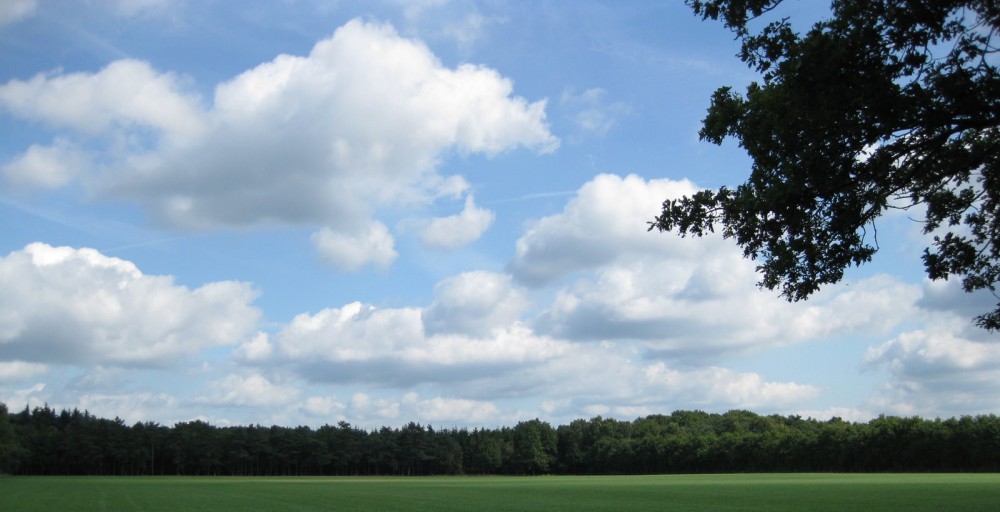question You say that ‘man’s observance of the five fundamental precepts in his daily life gives him the moral strength required to embark upon the Buddha’s Middle Way…’ I think you’ve missed the point of the precepts. These are artificial, man-made rules. In actuality, humans can never fully abide by those rules. I personally think that’s why the Buddha enjoined his disciples to follow them. To vow to follow those precepts is to become a living koan. The symbol of the path to enlightenment is a flower, not a ledger of morality. Just ask Mahakashyapa. What is the morality of a flower?
answer Buddhism is a highly ethical teaching and way of life for human beings that is man-made in its entirety like any other. There is, in our view, no such thing as divine law – the golden rule is perfectly rational. Traditionally, to become a lay Buddhist one voluntarily takes refuge in the Buddha, the Dharma and the Sangha, and undertakes to comply with at least the first five of the Buddhist precepts. The Five Precepts (pañca-sila, pancha-shila, pansil) are the minimum moral obligations a lay Buddhist freely takes upon him or herself. The precise interpretation of these precepts aside for the moment, it is universally agreed that people who wantonly kill, steal, maybe molest children, cheat and deceive, or enjoy getting drunk or stoned, need not do the effort to embark on the Buddha’s Middle Way until they have first cleaned up their act. Now, as for their exact interpretation, they comprise ‘not only minimal morality, but basic morality capable of many degrees of fulfillment’ (Winston L. King). Whether, for instance, the first precept also forbids meat-eating, whether the third precept forbids alternative sexual practices, or whether the fifth precept forbids all alcoholic beverages and drugs or just the getting intoxicated as some maintain, this is therefore as well our own responsibility. One must only not lose sight of the underlying reason for these fundamental voluntary precepts, which is to become moral individuals able, as such, to follow the Noble Eightfold Path to eliminate existential suffering, angst and regret from our lives.
This might be as good a place as any to warn that for many people social drinking is a potential source of much future suffering. Bear in mind in this context the persistent irrational taboo of not admitting to alcohol abuse by ourselves or those close to us. (cf. Nucleus accumbens [Nacc] research)
question How can one beat alcoholism?
answer One can certainly fully neutralize alcohol addiction by stopping to drink alcoholic beverages altogether, one day at the time, with the help of (a) your GP and (b) a personal psychological coach or counsellor, and (c) by joining a reputable support group to help you develop the necessary emotional counterpunch. The Noble Eightfold Path provides a very appropriate overall training to beat this costly and disruptive biopsychosocial (bps) disease. (from advayavada.org/qanda6.htm)
